An historical perspective of the origin of car names
Posted by By Dale Edward Johnson on Oct 5th 2022
Any classic car show is likely to include some Cadillacs, DeSotos, Lincolns and Pontiacs. But the names for these popular cars – and many others – came from historical figures.
The Cadillac is named in honour of Antoine de la Mothe, sieur Cadillac, an explorer from French who discovered Detroit. Cadillac was stationed for a time in what now is Atlantic Canada, in an area known as Acadia – which happens to be a name used for small cars sold at Pontiac dealerships. The formation of the Cadillac automobile company began in 1901, which was the 200th anniversary of Cadillac discovering Detroit.
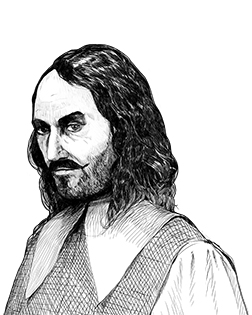
Image source: https://commons.wikimedia.org/wiki/User:Mathieugp
The La Salle was Cadillac’s low-priced model, and introduced style and color to the automotive industry in the late 1920s. The LaSalle was name for Rene Robert Cavalier de la Salle, who claimed Louisiana for France in 1682, after exploring the Mississippi River Valley.
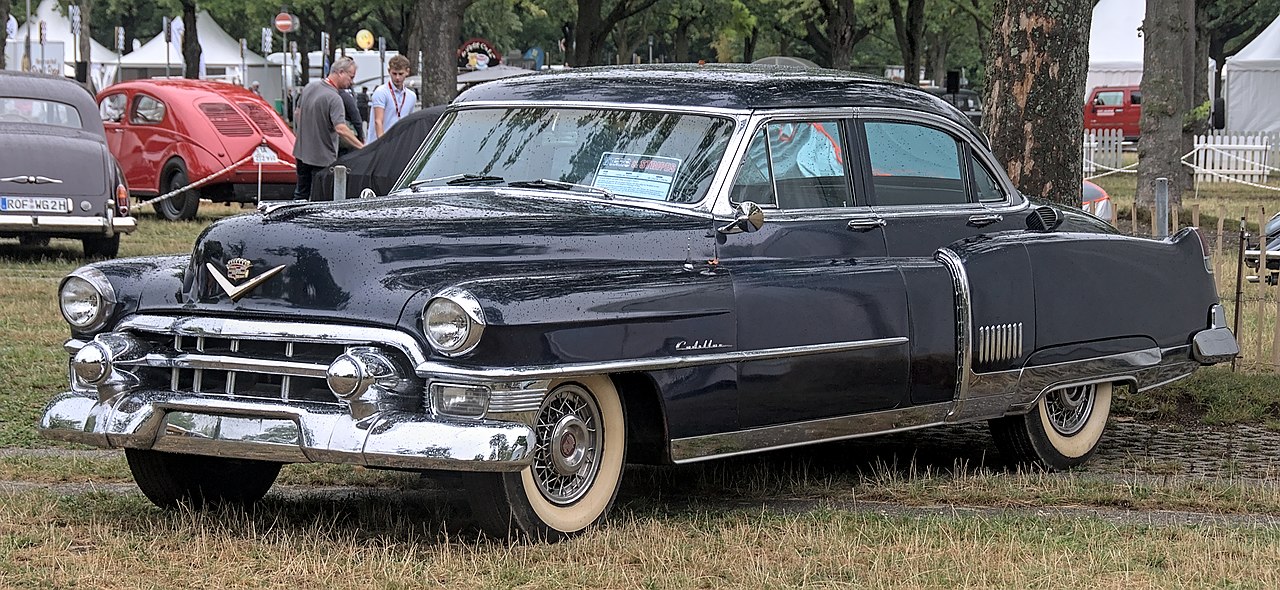
Image source: https://commons.wikimedia.org/wiki/User:Alexander...
The DeSoto, a midline Chrysler product from 1929 to 1961, was named for the Spanish explorer Hernando De Soto, who discovered the Mississippi River in 1541. Hernando De Soto’s picture appeared on the crest in the centre of the steering wheel, and on the front grill. An optional hood ornament was a likeness of his head, which lit up in the dark. In 1957, De Soto’s nine passenger station wagon was called the Explorer, extremely appropriate considering Hernando De Soto‘s occupation.
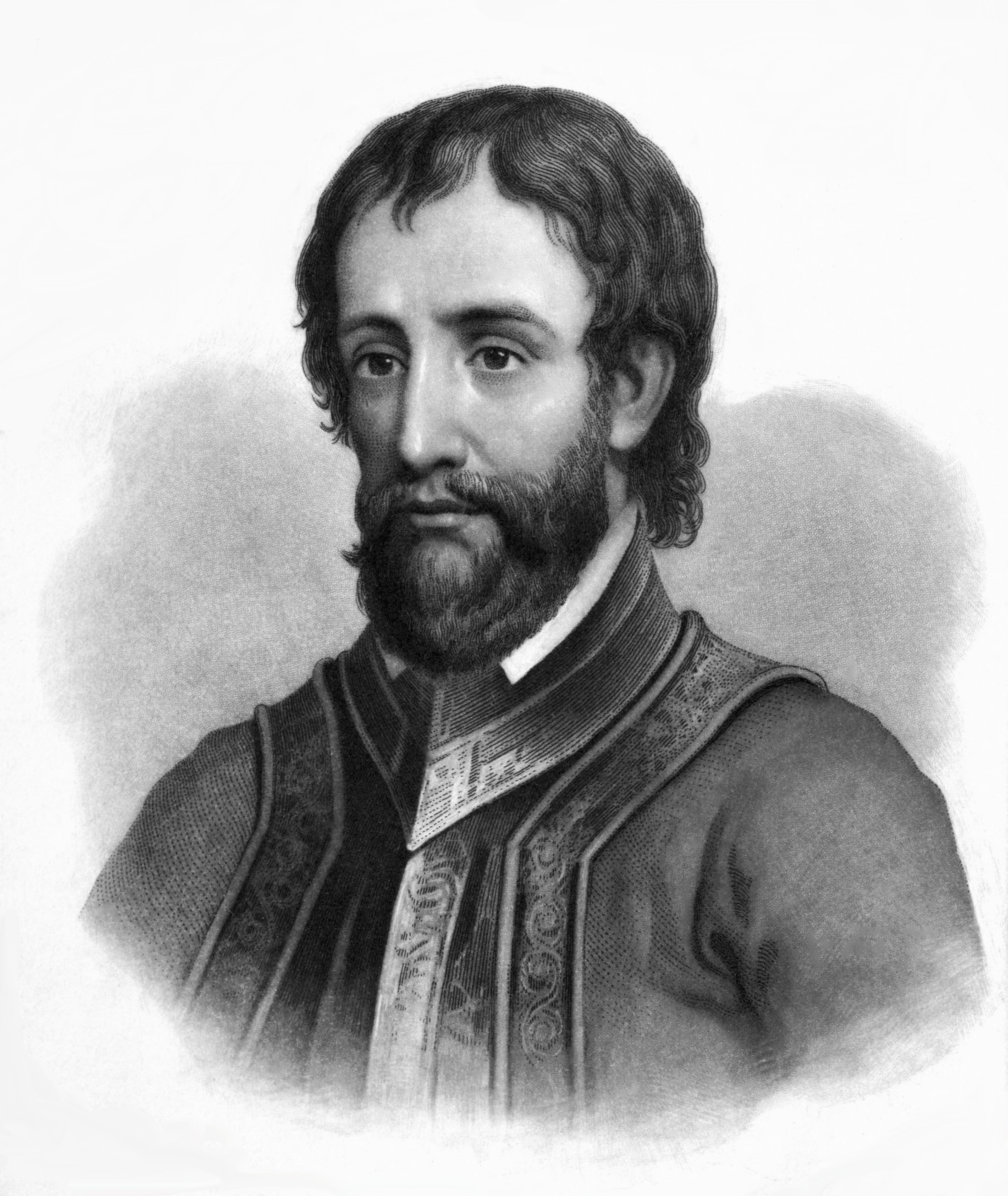

Image Source: https://www.flickr.com/people/24150334@N08
The Lafayette name was used on two different Nash models. They were named after a French general who aided the patriots during the American Revolution, Marquis de Marie Joseph Paul Eve Roche Gilbert du Motier Lafayette. Isn’t a good thing that automakers didn’t use complete names when honouring historic figures? Lafayette, Louisiana, was originally settled by exiles from Acadia in Atlantic Canada. The first Lafayette was introduced in 1921 is a separate, high-end model, to rival Cadillac. But sales were poor, and after four years the Lafayette was dropped. Nash revived the Lafayette name in 1934 for a lower-priced model, and the name was used until 1940.

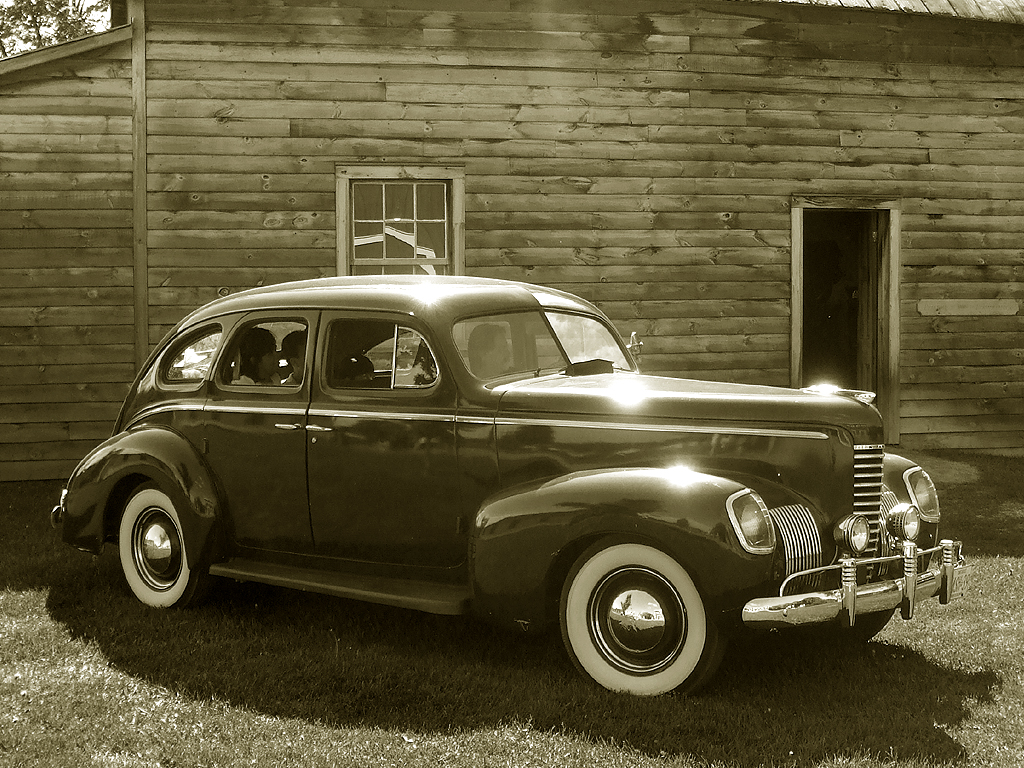
Image source: https://www.flickr.com/people/90963248@N00
The Lincoln is named after the U.S. president who ended slavery. Unlike other cars named after historical figures, the Lincoln name wasn’t selected by looking through history books; there was a personal inspiration. The Lincoln Motor Company was formed by Henry Leland, who had been chief engineer for Cadillac in its early days. Abraham Lincoln had been Leland’s boyhood idol, and Leland voted for Lincoln in 1864. After leaving Cadillac and starting his own car company in 1920, Leland selected the Lincoln name to honour his idol. Ford purchased the Lincoln Motor Company in 1922.
Pontiac was named after an Indian chief of the Ottawa tribe, and leader of confederate tribes against the British. Pontiac automobiles had an Indian hood ornament, and model names such as Chieftain and Starchief. During the 1960s, however, Pontiac begin downplaying the First Nations background. Pontiacs were originally made in the community of Pontiac, Michigan, which is in Oakland County. In the late 1920s, Oakland introduced the Pontiac, and the Oakland was soon dropped in favour of the Pontiac.
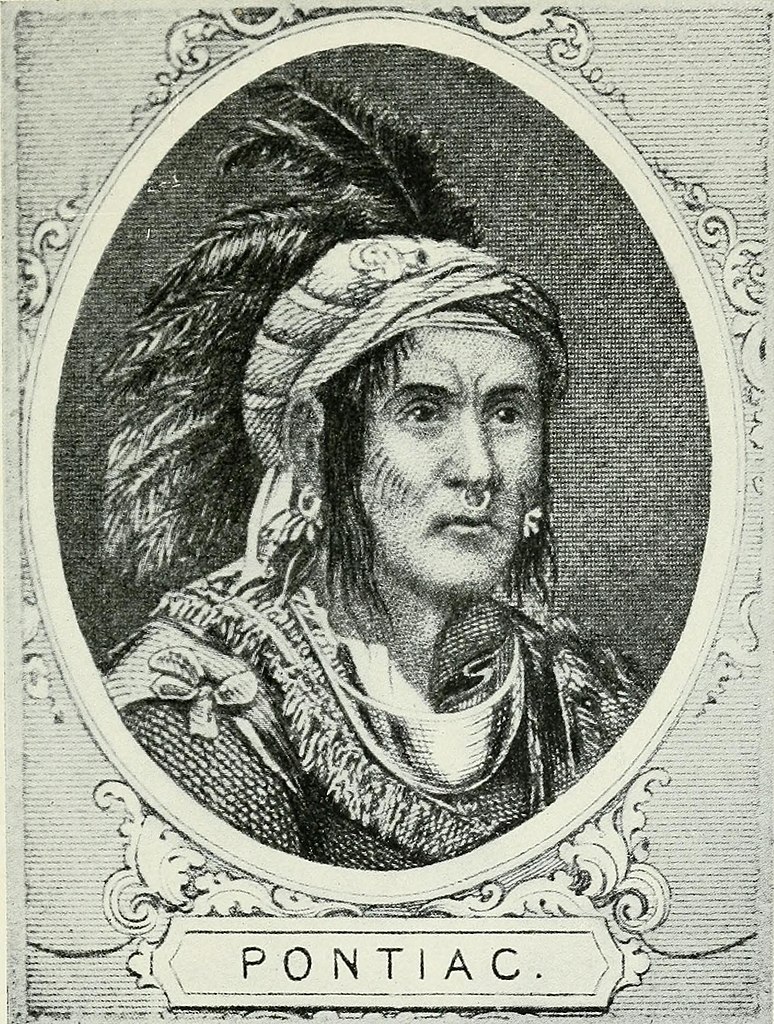
There were some distinctly Canadian cars named after historical figures.
Two very different Canadian automobiles have used the Frontenac name, after Louis de Buade de Frontenac, the governor general of New France from 1672 to 1682. He encouraged the explorations of two other people: Marquette and LaSalle – and their names would also later be used on cars. The first Frontenac automobile was manufactured from 1931 to 1933 by Dominion Motors in Toronto, the Canadian-controlled successor to Durant Motors. The name was also used in 1960 on a unique Canadian car based on the Ford Falcon, available only at Mercury dealers in Canada.
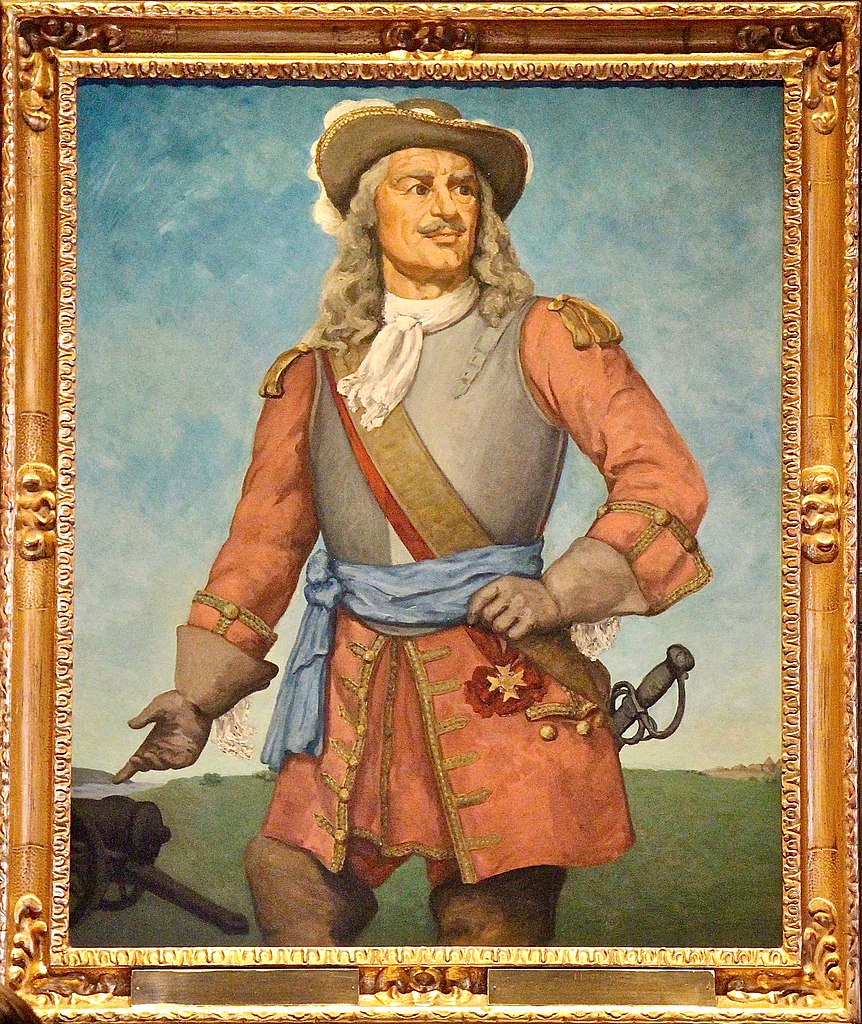
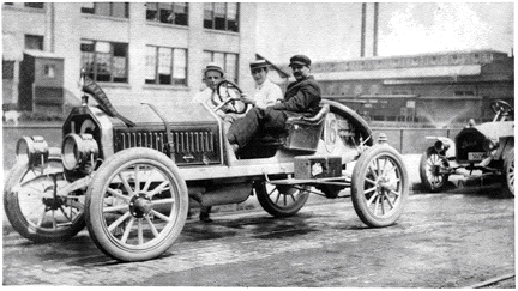
The top-line Meteor LeMoyne, offered from 1968 to 1970, was named after Pierre Le Moyne d’Iberville, a soldier and explorer who fought against the British in present-day Canada.
The Montcalm name was first used on the top line Meteor in 1959 and used until the mid-1970s. Louis Joseph de Marquis de Montcalm was the commander of all French forces in New France, when the French lost to the British in the battle of the Plains of Abraham at Quebec City in 1759.
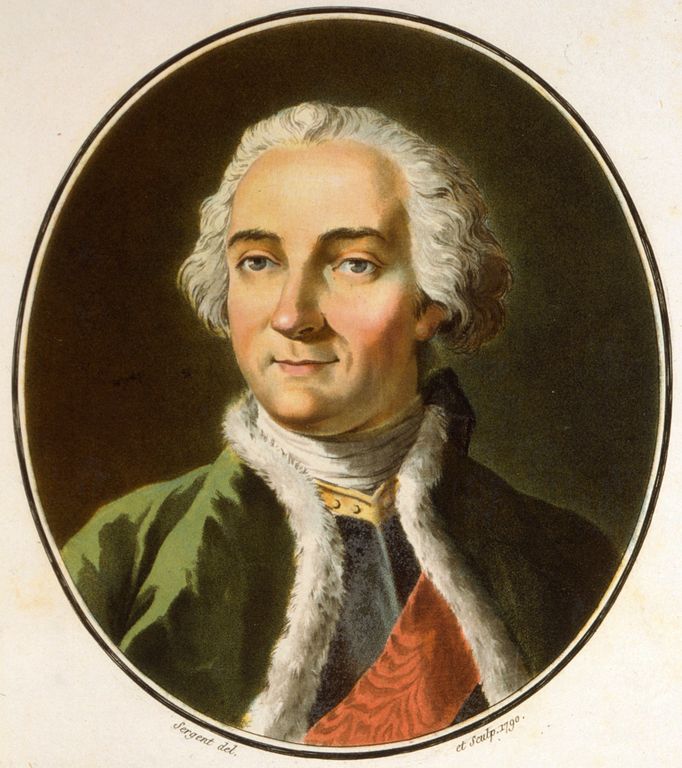
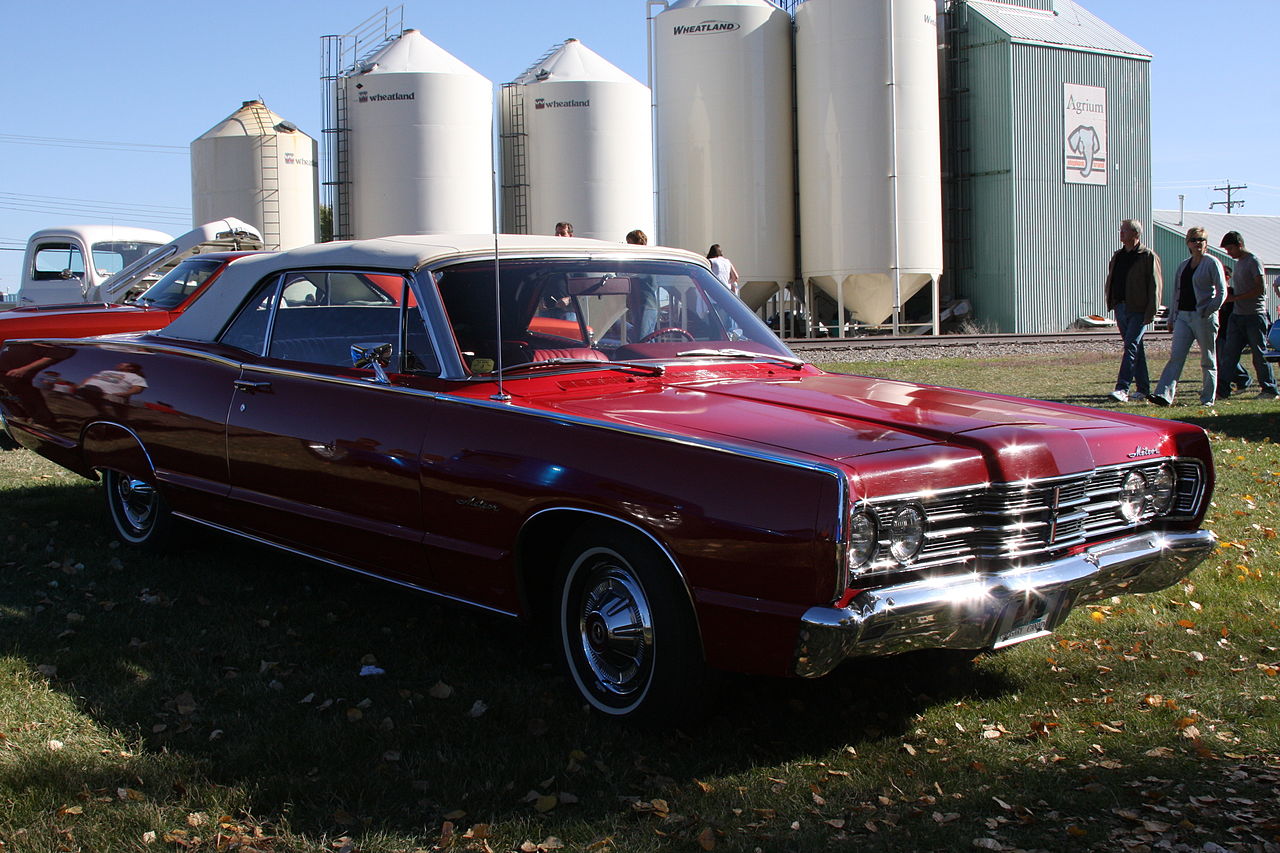
Henry Ford once said history is more or less bunk. But the auto industry has often looked to history to come up with names of cars.


